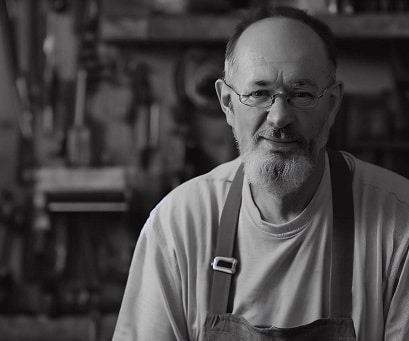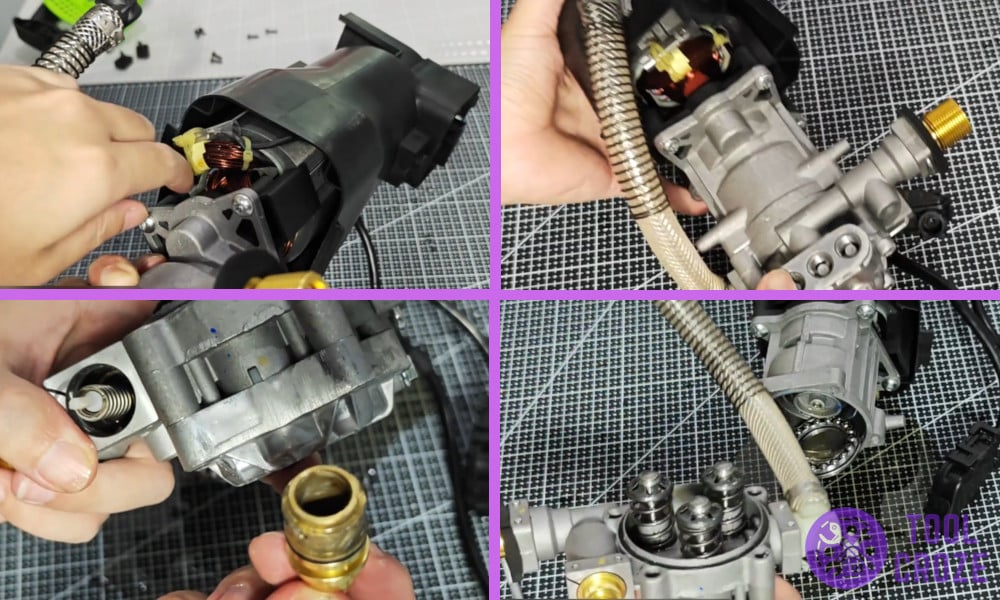
This article is about the most common reasons that cause the Greenworks pressure washer not to be build any pressure. But before you continue reading this article, you may first watch the short video I made about this topic.
On my video, I briefly discussed some of the most commons reasons for this problem like water supply issue, clogs, using an incorrect nozzle, height of the water basin is not lower than the machine, motor problem, etc.
9 Reasons Why Your Greenworks Pressure Washer Isn’t Building Pressure
1. Check the water supply
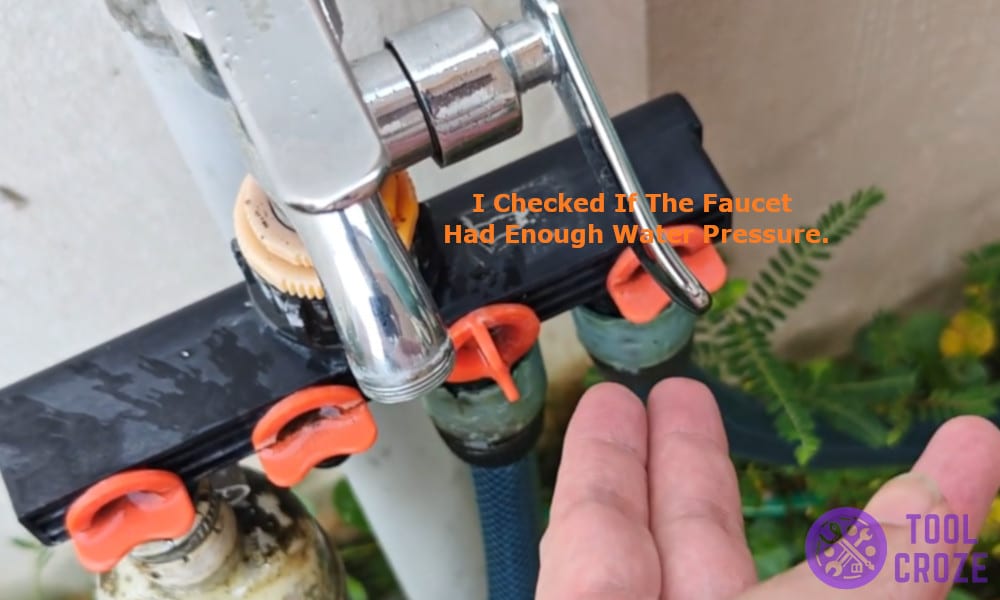
For the very first step I started by checking the water supply to the pressure washer.
It is very important that the washer receives an adequate amount of water from the faucet so I checked if the faucet had enough water pressure itself. Just make sure the water supply is correct and adequate.
2. Prime the Pump
As my pump was not used from a long time and it sat in the garage for the last 3 months. Priming it felt like the right option.
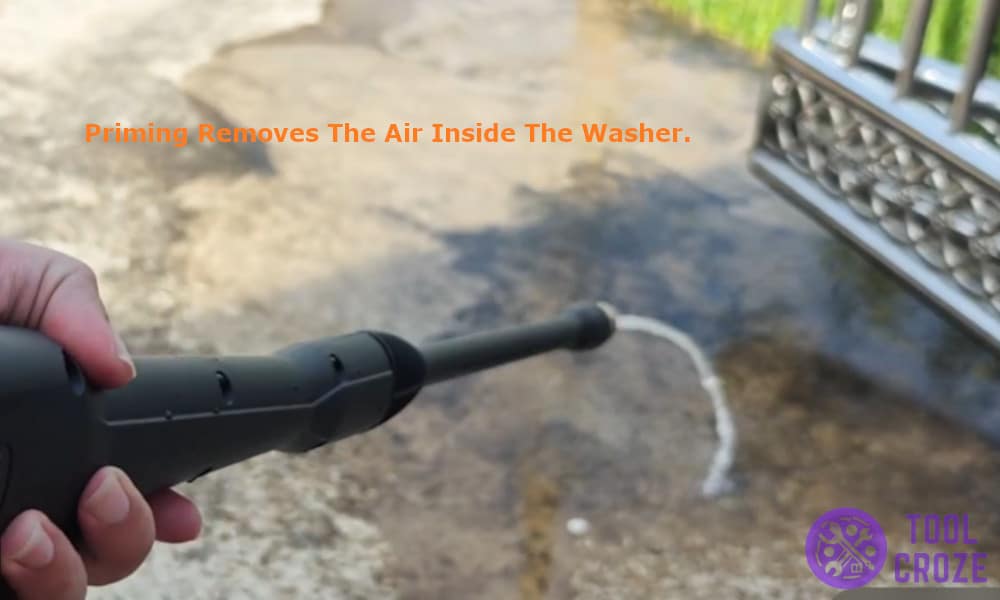
Priming removes the air inside the washer and fills the pump and suction line with water. I started by turning off the pump and the water supply.
Off, then with the water turned back on I pulled the trigger on the spray gun to let any stuck air out. Turning on the pump again fixed the issue for me and the pressure came back again.
3. Check for clogs in Hose
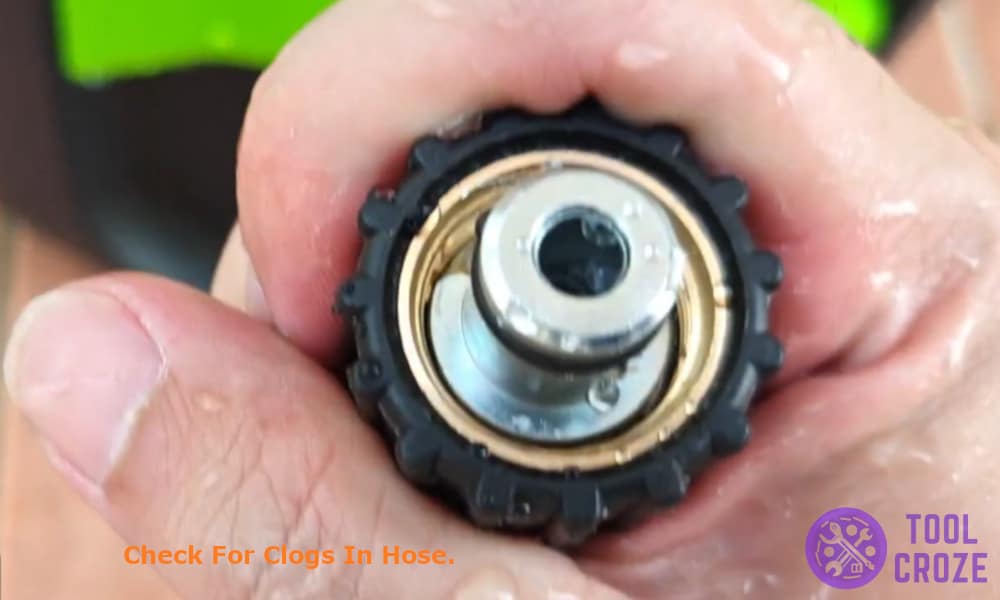
The hose is a main component of a pressure washer as it brings water to the spray gun, knowing this I quickly started looking for any clogs or debris stuck in the hose and its connector that connects to the pressure washer.
These clogs and stuck debris can affect the pressure of your Greenworks washer. Make sure to clean or remove any debris before plugging the hose back on.
4. Check the Nozzle
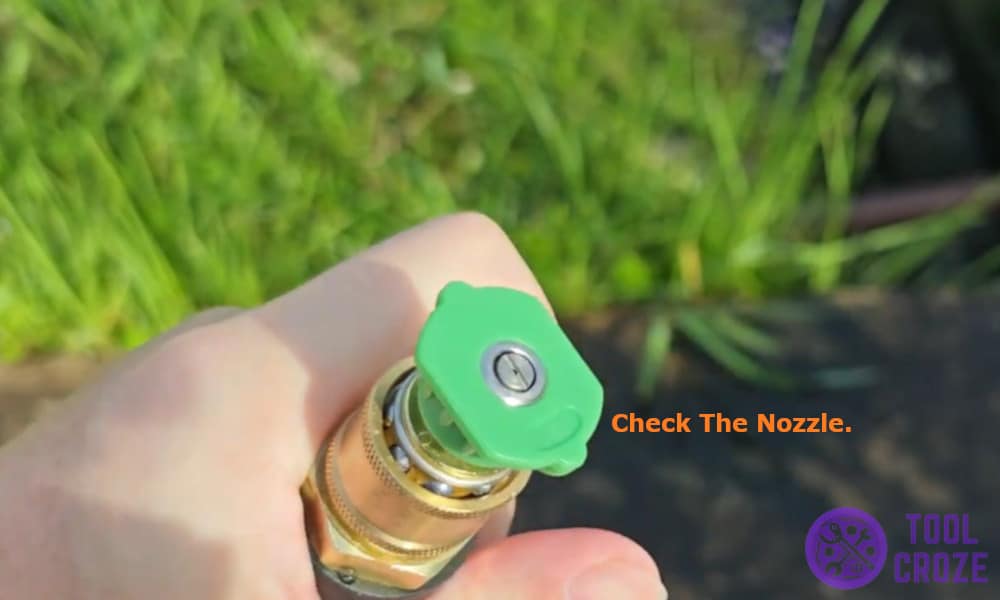
A wrong nozzle can send water here and there without any pressure, it is very important to make sure the nozzle I was using was the right one.
Each pressure washer has their own nozzle of a specific size, after I made sure the nozzle was of correct size I then checked for clogged debris in the nozzle.
If you find any debris in the nozzle make sure to clean it using a small pin to return the pressure or try out a different one to test if the pressure returns.
5. Make Sure the Water Source is Placed Correctly
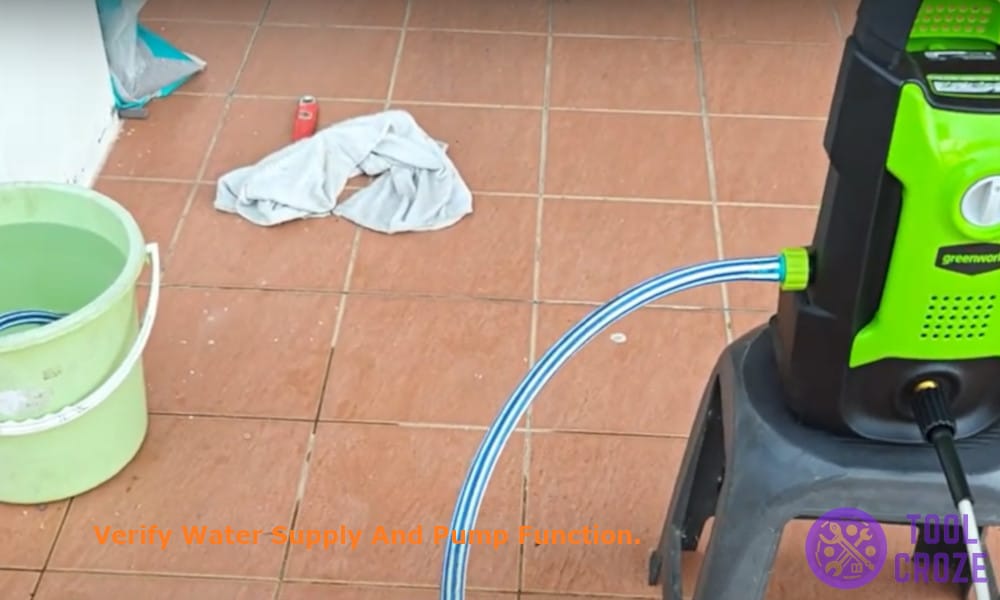
If you are also using a water basin as the water source like me then you might have to make sure of some things.
I usually place the bucket at the same level as the machine, placing it too below or to above can make it difficult for the pressure washer to pull water which can cause low water pressure or failure to prime.
Related: My 5 Tips to Fix Greenworks Pressure Washer Soap Not Working
6. Check the Motors for Electric Models
Electric pressure washers are the most common washer used in households and if you own one and can not achieve water pressure follow these steps.
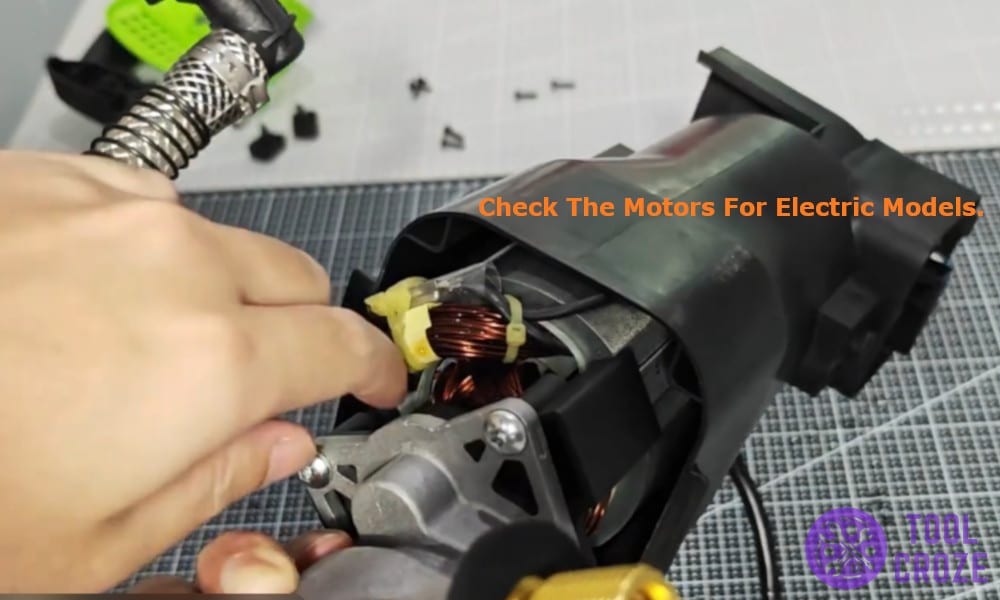
I started by turning on the pressure water to see if the motor was running or not, while the motor was running like it should there was still no pressure and indicated only one thing that my pump was not working correctly and needed to be replaced.
7. Inspect the Valve
For this one I had to go deep but I found the problem.
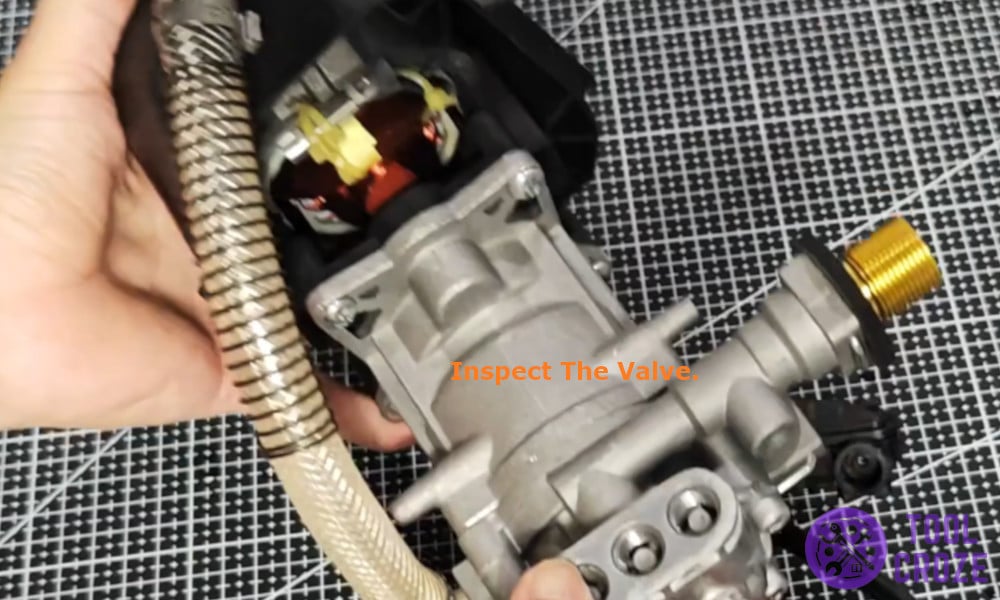
I started by disassembling the pressure washer until I reached the motor unit, then I inspected the valve inside the washer to see if it was clogged or not and to my surprise it was filled with dirt which was causing the low pressure.
If you also find dirt and debris stuck in the valve, clean it with a sharp object and clean water to regain pressure.
8. Check the Unloader Valve
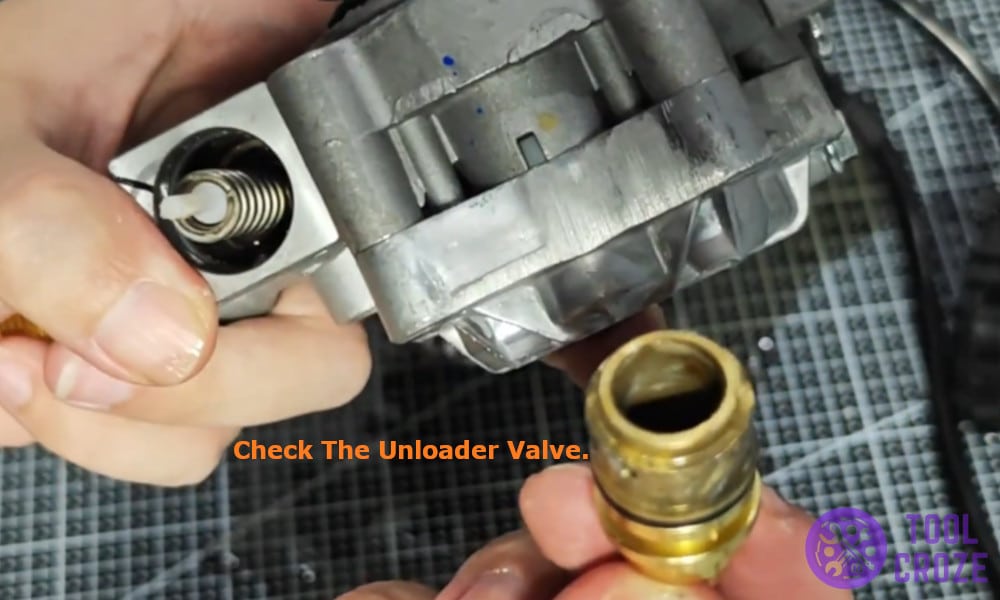
The unloader valve job is to redirect the pressure safely so it doesn’t buildup and damage the pump but if its o-ring is damaged or it has dirt and rust buildup it can cause the pressure washer to not work correctly.
I started by inspecting the valve and made sure it was clean and free of any rust or mineral buildup. If the unloader valve of your washer is damaged, replacing it can fix the problems for you.
9. Check the Pump Bearings
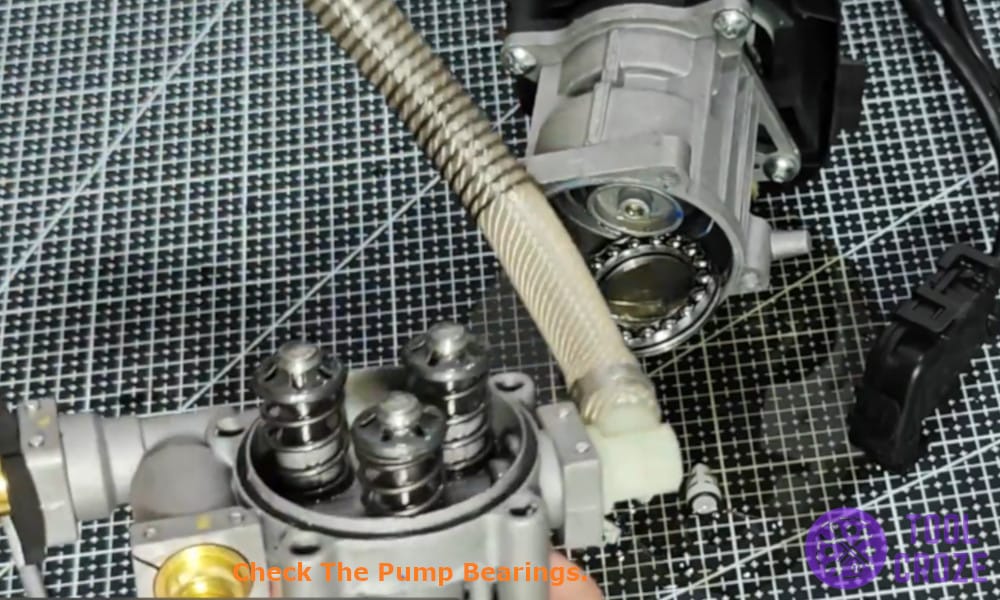
If your pump is making squeaking noises or rattling noises it cannot be good news for you. Usually when water pressures make these noises it usually means that there is a problem with the pump bearings.
When my pressure washer was opened I also checked the pump bearings to make sure they were not worn out as a bad pump bearing will cause low water pressure.

